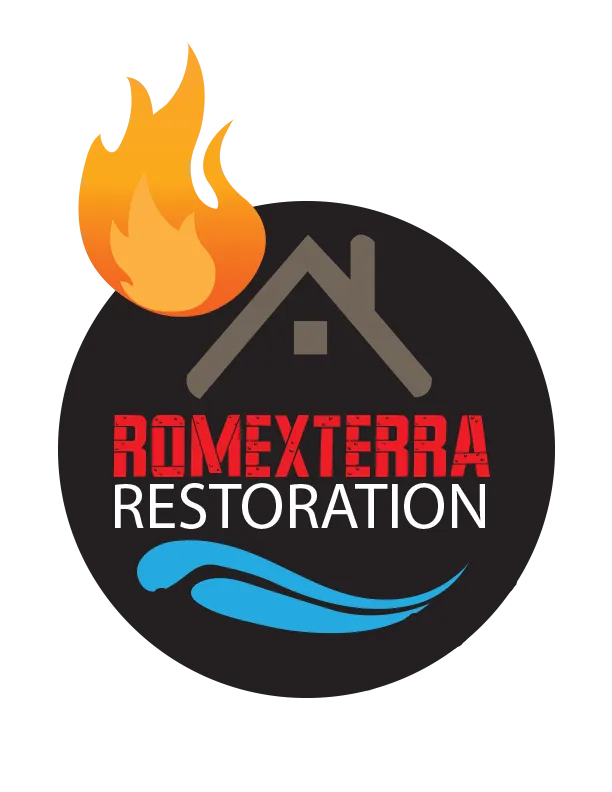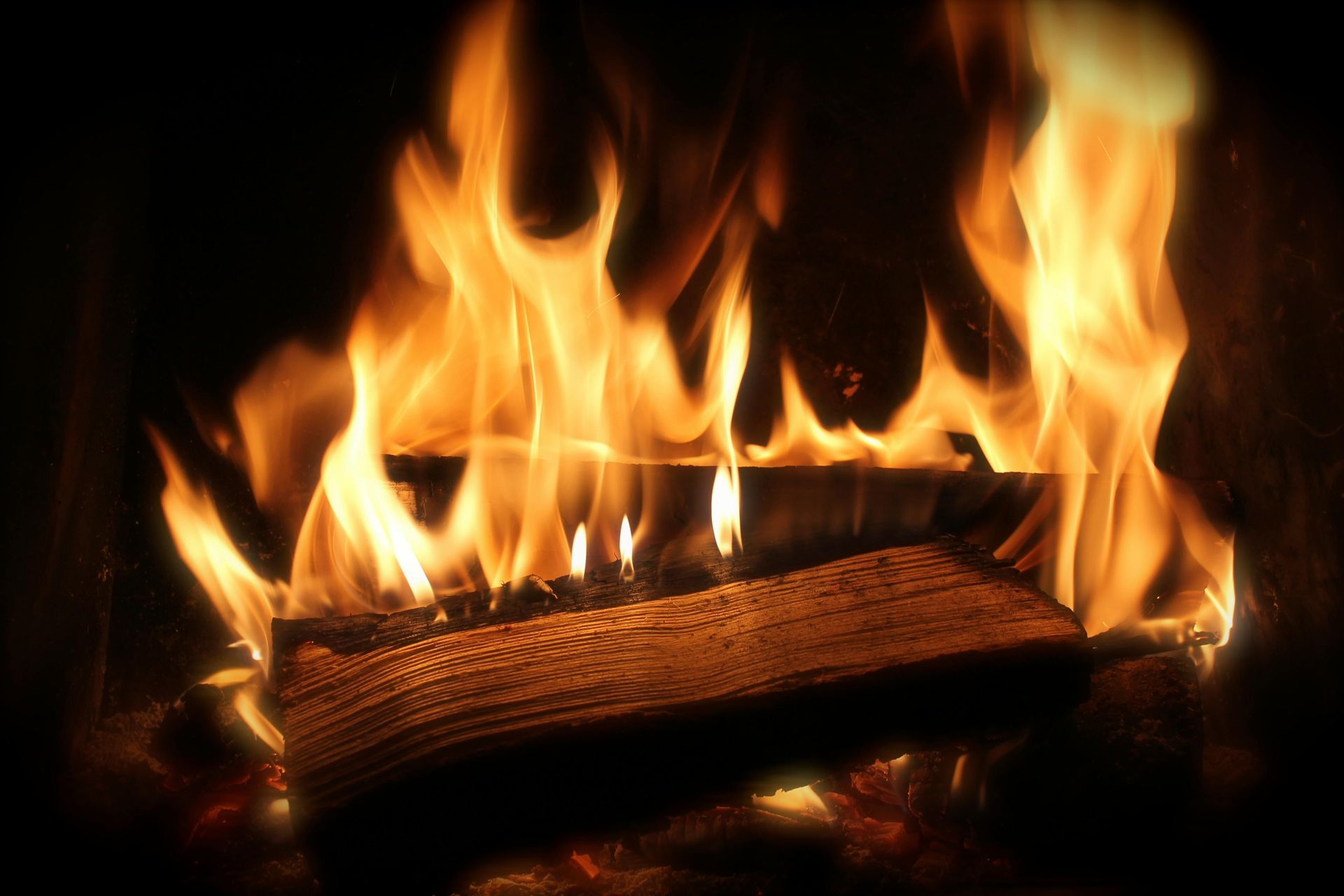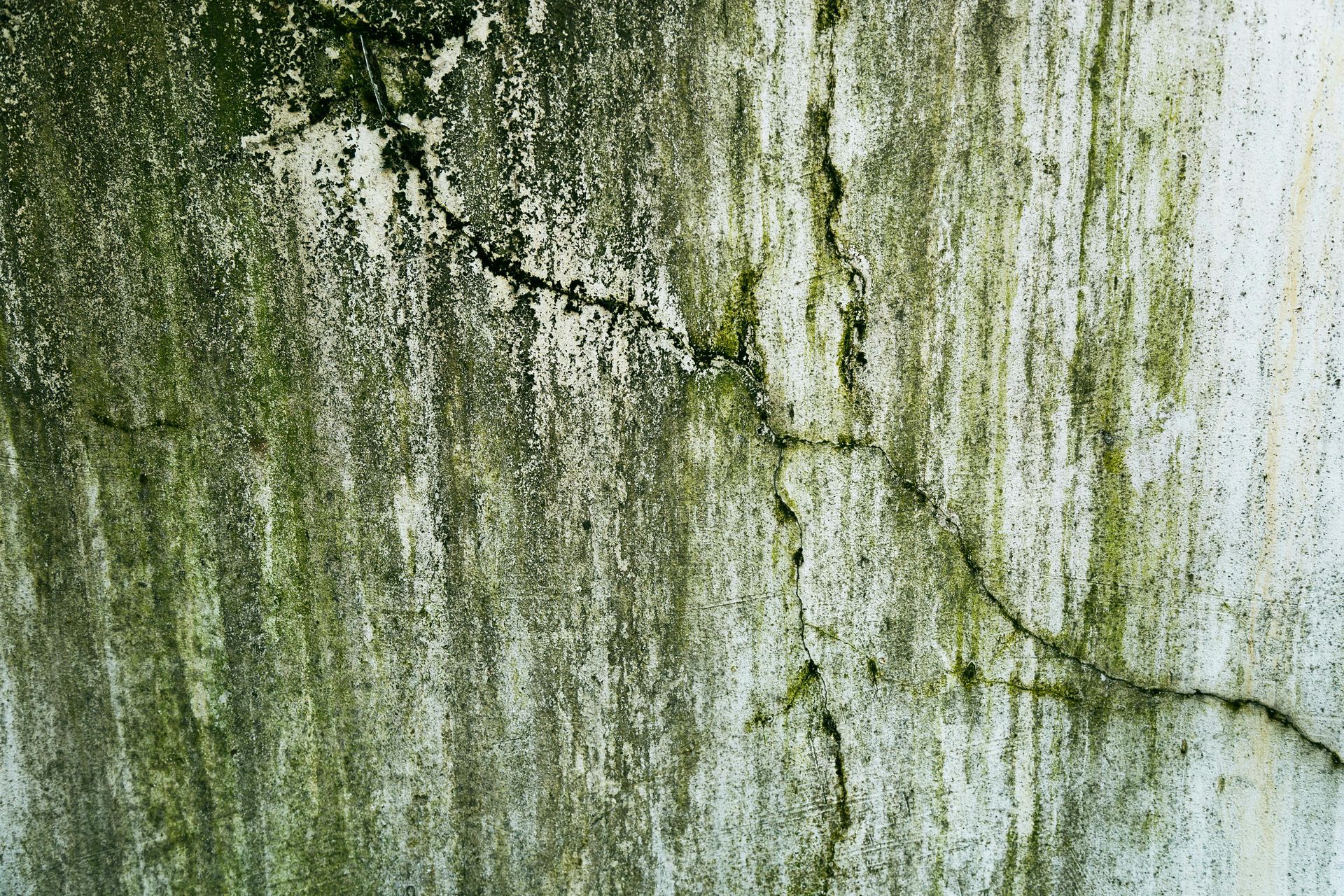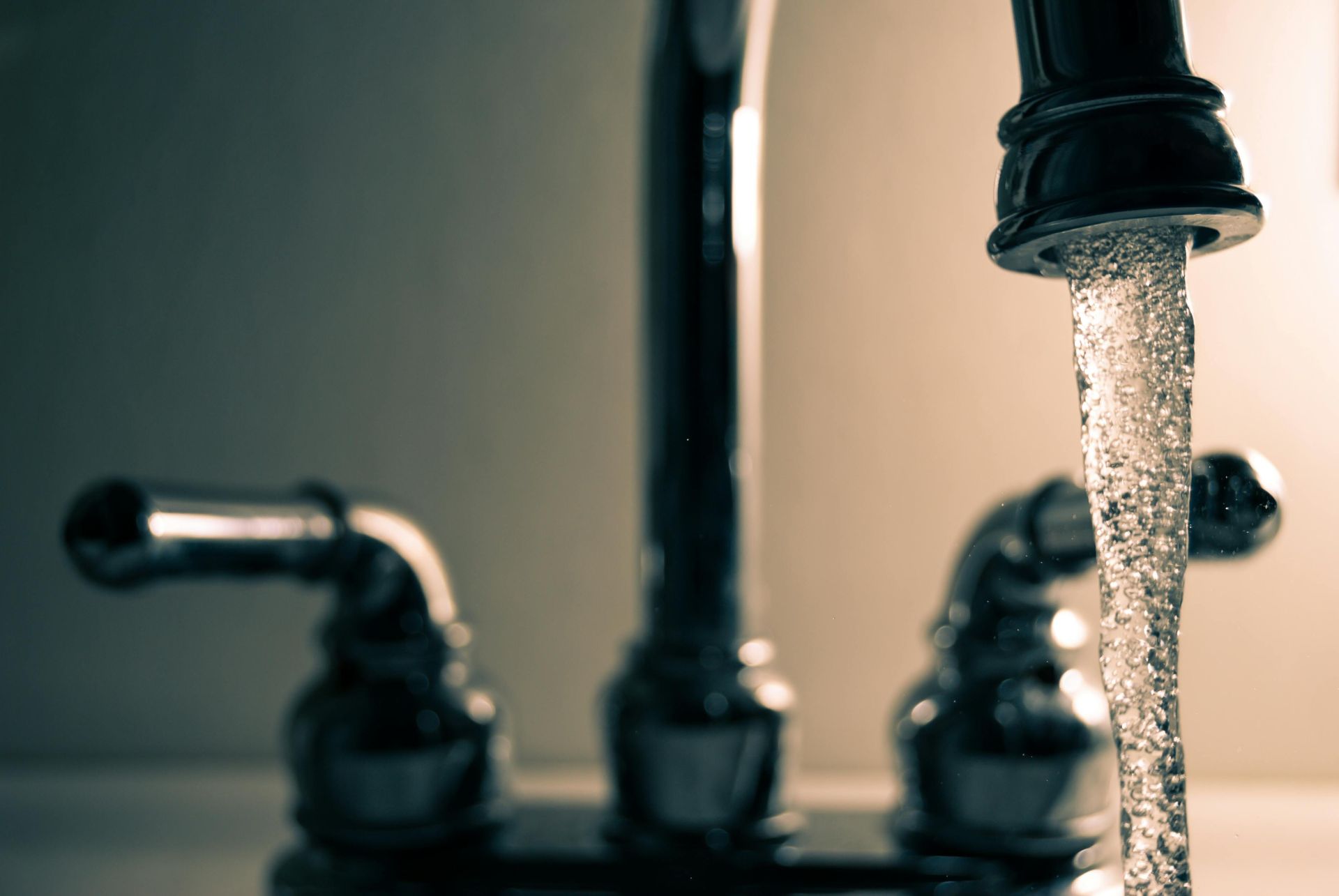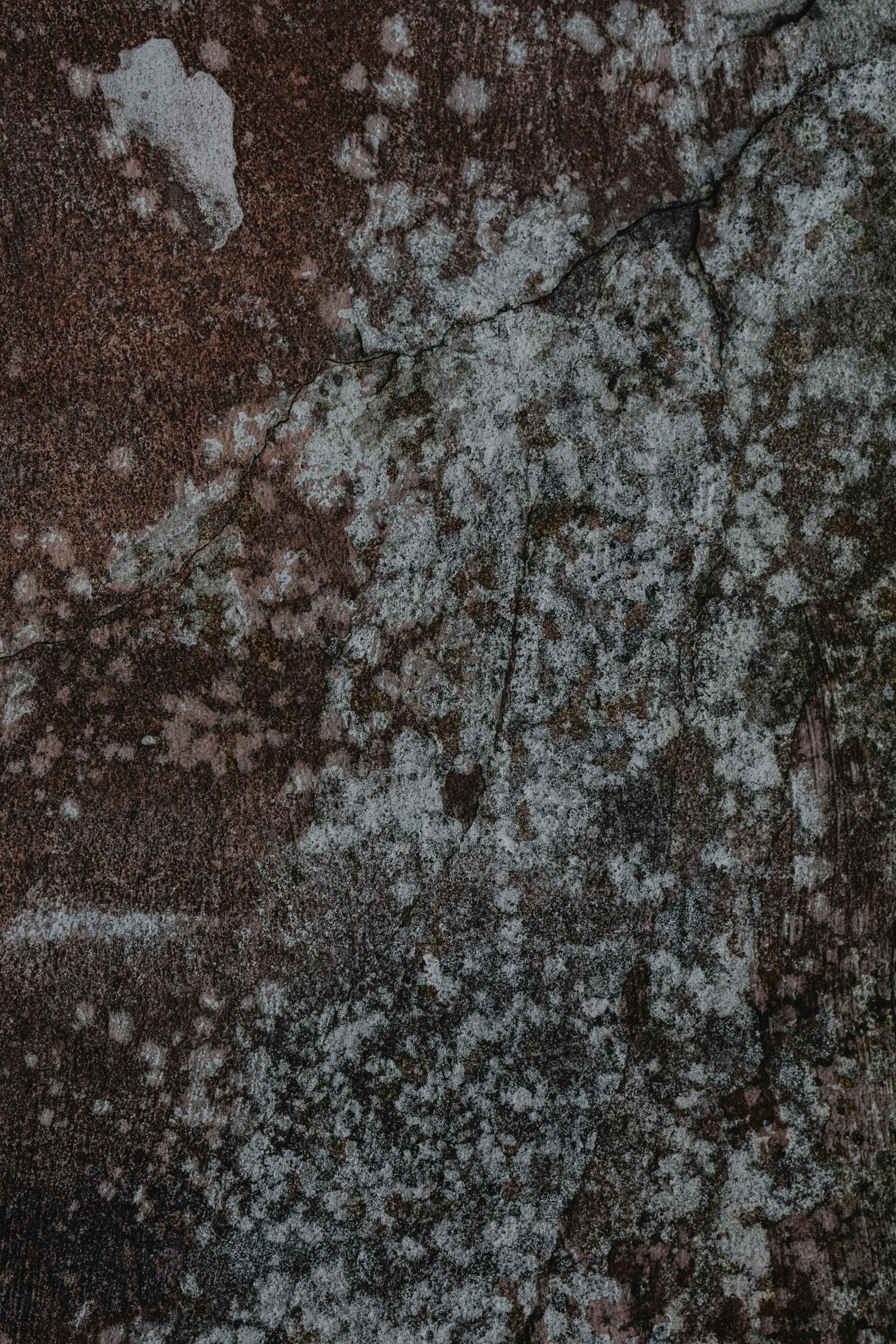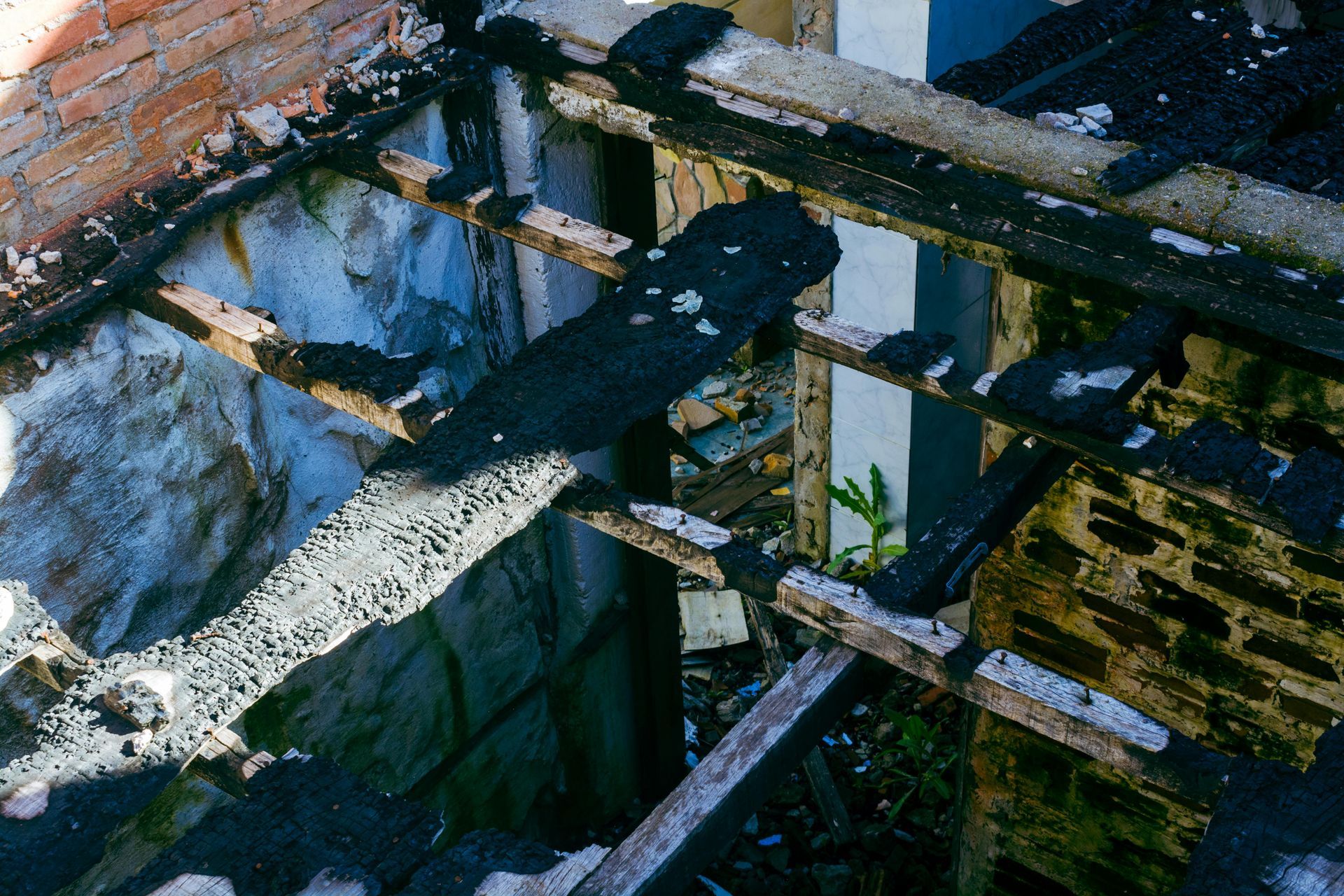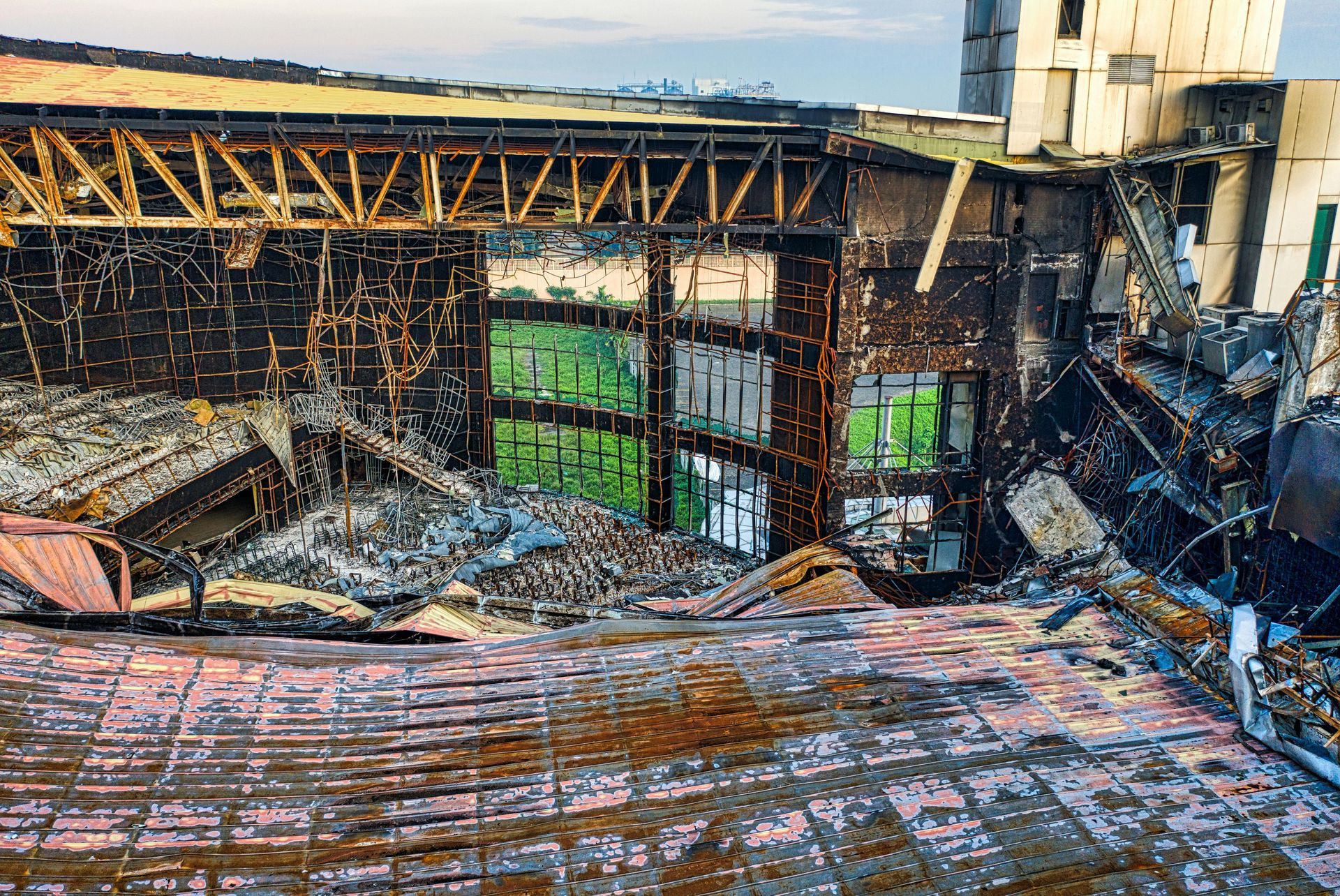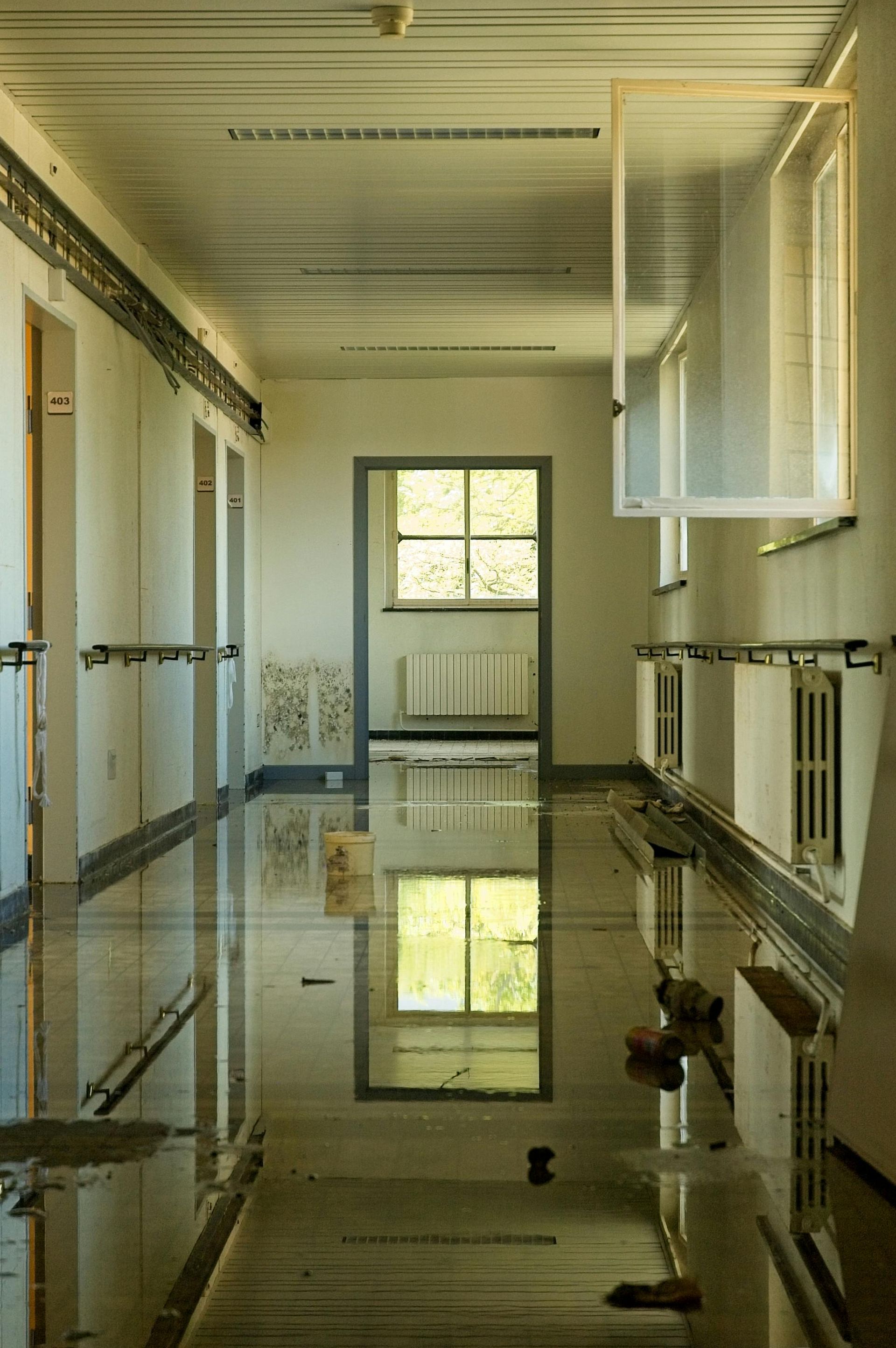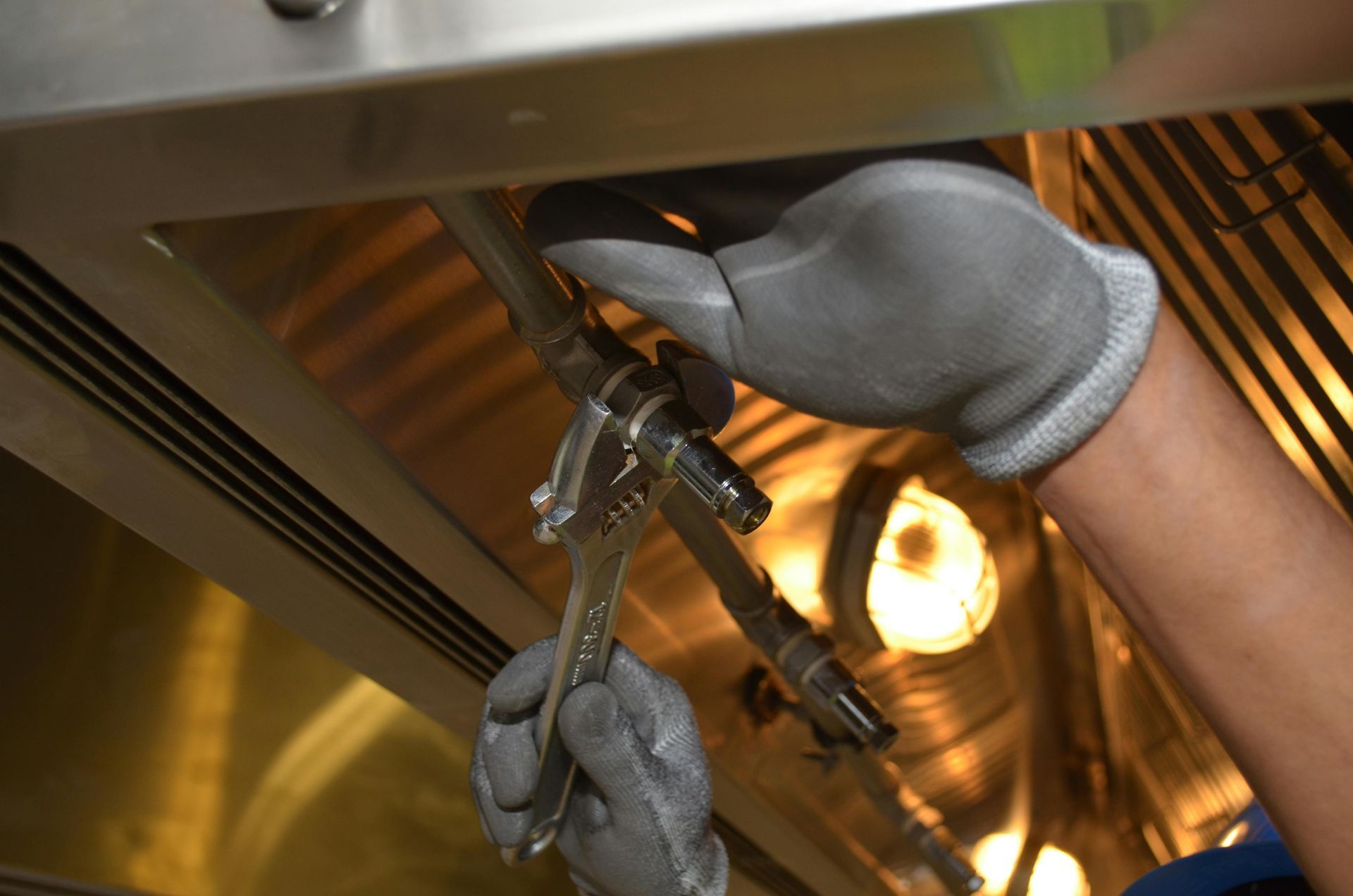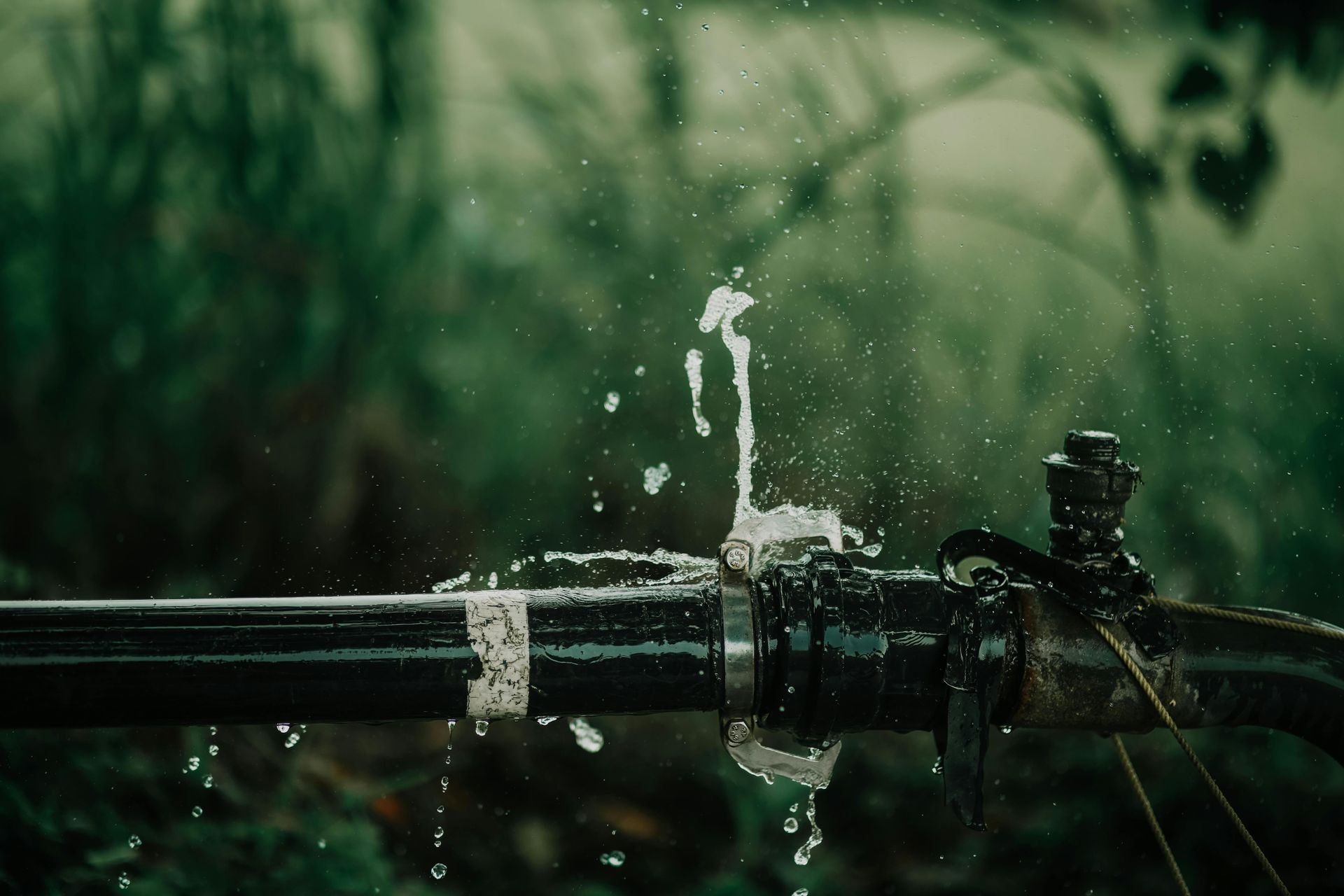Exploring the Different Types of Fire Damage and How They Occur
Fire damages can cause devastation to homes, buildings, and properties, not only by affecting the structural integrity but also compromising the safety and overall well-being of those who occupy them. Understanding the different types of fire damage and their causes is crucial for homeowners, insurers, and restoration specialists to effectively assess, address, and restore properties that fire damages have impacted. This article will examine the various fire damage that homeowners may encounter, such as smoke, soot, and water damage from fire extinguishing efforts. Additionally, we will provide insights into the restoration process and safety measures that should be taken during and after restoration efforts. By understanding the complexity of fire damages and their impact, we can better prepare ourselves to handle any unforeseen fire disasters and keep our homes and loved ones safe.
Smoke Damage
Smoke damage occurs when soot particles and residue from combustion settle on surfaces and structural elements. This can have significant impacts on both health and property.
There are several causes of smoke damage, including burning wood, plastic, and fabric. When these materials burn, they release soot and particles that can affect air quality and deposit onto surfaces. In addition, incomplete combustion due to a lack of oxygen or fuel can also damage smoke. This can happen when a fire is starved of oxygen, causing it to burn incompletely and release more harmful particles into the air.
The impact of smoke damage on one's health can be significant, particularly for those with respiratory issues. Smoke particles can aggravate asthma, allergies, and other respiratory conditions, leading to difficulty breathing and other health problems. In addition to the health implications, smoke damage can cause significant property damage. The effects of smoke damage can extend beyond what is visible to the naked eye, affecting structural elements that may be beyond repair.
Types of Smoke Damage
Smoke damage is a common issue in properties affected by fire incidents. It can come in different types, depending on the nature and severity of the fire.
- Visible Soot: Visible soot is the most common type of smoke damage. It results from incomplete combustion of carbon-based materials like wood, fabrics, plastics, and other materials. Soot forms a black or dark brown residue that sticks to surfaces, leaving behind an unsightly and often malodorous mess that can be challenging to clean.
- Invisible Odor Particles: Not all smoke damage is visible - some particles are too small to be seen with the naked eye, but their smell is unmistakable. Invisible odor particles can penetrate porous materials like walls, carpets, and furniture, leaving behind a pungent, smoky odor that is difficult to remove. This type of smoke damage requires specialized equipment like air scrubbers and ozone generators to eliminate.
Structural Damage
When a property is affected by fire damage, its structural elements are often the most impacted areas. Structural damage refers to the deterioration or weakening of the building's essential components, such as foundations, walls, floors, and roofs.
One of the main causes of structural damage is high temperatures that can weaken or melt structural materials such as steel or concrete. For example, extreme heat can cause steel to lose strength and become warped or twisted, while concrete can weaken and be susceptible to cracking. Moreover, prolonged exposure to intense heat can also cause the foundations of the building to shift, resulting in uneven floors and walls, which, in turn, can significantly impact the property's structural integrity.
Another cause of structural damage is smoke and soot, which can penetrate and weaken materials such as drywall, wood, and metal. Smoke and soot are acidic and can eat away at materials over time, leading to extensive damage and deterioration of the building's structural components. Additionally, smoke and soot can also cause corrosion of metal objects, which, over time, can cause them to lose their strength and structural integrity.
Types of Structural Damage
Structural damage is a common issue in areas affected by fire. Here are the different types of structural damage commonly found:
- Warping: This type of damage occurs when the structural elements of a building bend or curve due to heat exposure. Warping can cause floors to become uneven, walls to become inclined, and roofs to slope.
- Buckling: Buckling occurs when the structural elements of a building abruptly deform or collapse due to the pressure placed on them from fire damage. The buckling effects are severe and can lead to a total building collapse.
- Collapse: This is the most severe type of structural damage. Collapse happens when the structural elements of a building completely give way due to fire damage. This type of damage results in the building's complete and total destruction.
Water Damage
The causes of water damage following a fire are relatively straightforward. Firefighters use hoses and water to extinguish flames and prevent the spread of fire to other areas. Unfortunately, the water permeates through floors, walls, and ceilings, leading to structural damage and mold formation. In addition, appliances, electrical systems, and personal belongings that come into contact with water can sustain permanent damage.
Water damage can impact human health in multiple ways. Exposure to water-damaged buildings, furnishings, and personal belongings can trigger asthma, allergies, respiratory infections, and other health problems. Mold and bacteria growth in water-damaged areas can also exacerbate the situation, leading to more severe health issues.
Types of Water Damage
In the aftermath of a fire, structural elements exposed to water also suffer damage. This water damage can occur in various forms:
- Saturation of materials: refers to water absorption by porous materials such as wood, drywall, and insulation. When these materials are exposed to water, they can swell, warp, and decay, compromising their structural integrity.
- Corrosion of metal surfaces: They can rust and corrode when exposed to water. This can weaken metal beams, connections, and other structural elements, making them more susceptible to collapse.
- Mold growth: Moisture from water damage creates an ideal environment for mold growth. Mold can grow on almost any surface, including walls, ceilings, floors, and furniture. The spores released by mold can cause health problems and exacerbate respiratory conditions.
Chemical Damage
When a fire occurs, it is not just the flames that can cause damage. The combustion of building materials, furniture, and other household items produces a range of toxic chemicals that can have a long-term impact on the health of individuals and the state of affected areas.
Chemical damage can impact one's health and property in various ways. For instance, when a chemical fire occurs, toxic fumes can cause respiratory problems when inhaled. Additionally, the chemicals produced during the fire can seep into the walls, furniture, and other materials, and their residue can linger even after the fire is out. This can pose long-term health risks to anyone living in the affected areas, especially if proper cleanup measures are not taken.
Moreover, chemical damage also causes irreparable harm to the property. The smoke and soot left over from the fire contain chemical components that can wreak havoc on the interior surfaces of a building. The chemicals can corrode metal, stain and discolor surfaces, and cause damage to electronic equipment such as computers and TVs. Therefore, it is crucial to address chemical damage immediately and work with a professional team to restore the property to its pre-fire condition.
Types of Chemical Damage
In addition to the fire damage that may render certain areas beyond repair, fires can cause chemical damage to surfaces. Here are the various types of chemical damage that can occur:
- Discoloration: This occurs when heat and smoke damage surfaces, resulting in stains and discoloration that are difficult, if not impossible, to remove. Discoloration can also affect the quality of surfaces, making them look dull and unpolished.
- Pitting: occurs when heat and smoke cause surfaces to corrode and develop small pits or dents. Pitting can weaken materials, compromise their integrity, and prevent them from functioning properly.
- Etching: occurs when heat and smoke cause surfaces to become eroded and etched, resulting in a rough, uneven texture. Etching can also cause surfaces to lose their shine and clarity, making them less aesthetically appealing.
Electrical Damage
Electrical damage from a fire can lead to various risks and safety concerns. For instance, electrical wiring may melt, resulting in the short-circuiting of appliances and devices. This can result in fires reoccurring and pose an immediate safety risk to property occupants. In addition, electrical damage may cause electrocution and other serious injuries if not addressed properly.
In addition to safety concerns, electrical damage from a fire can lead to decreased property value. This is particularly true if the damage has remained unaddressed for an extended period. As a result, potential buyers may perceive that the property requires extensive repairs and may offer lower prices.
Types of Electrical Damage
Several types of electrical damage can occur when a property has been fire-damaged. Some of the most common types of electrical damage include:
- Damage to electrical panels: Fire can easily damage them, leaving them beyond repair. In some cases, restoration professionals may be able to salvage electrical panels by cleaning them and replacing any damaged components. However, the panels may need to be replaced completely in other cases.
- Damage to wiring: Wiring can also be severely damaged by fire, leaving it unsafe and beyond repair. In some cases, wiring may need to be replaced entirely to ensure the safety of the property. Restoration professionals can inspect the wiring to determine the extent of the damage and recommend the best course of action.
- Damage to appliances: Appliances can also be damaged by fire and may need to be replaced. Even if the appliances appear in good condition, they may have internal damage that makes them unsafe to use. Restoration professionals can inspect appliances to determine if they can be salvaged or replaced.
Looking for Fire Damage Experts? Try Romexterra Restoration!
In conclusion, fire damage can be devastating regarding property damage and personal well-being. Various factors, such as electrical malfunctions, cooking equipment, and smoking materials, can cause it. Therefore, fire damage restoration is a complex process that requires the expertise of restoration professionals.
At Romexterra Restoration, we use the latest equipment and techniques to restore your property to its pre-fire condition. We know that dealing with fire damage can be overwhelming, so we work quickly and efficiently to minimize the damage and help you return to normal as soon as possible.
Our comprehensive fire damage restoration services include everything from smoke and soot removal to structural repairs, odor removal, and content cleaning. We will work closely with you and your insurance company to ensure the restoration process is handled smoothly and professionally.
Don't wait - call Romexterra Restoration today for expert fire damage restoration services in Chicago, IL. Our team is here to help, and we guarantee your satisfaction with every project we complete. So contact us now and help us restore your property to its pre-fire condition.
